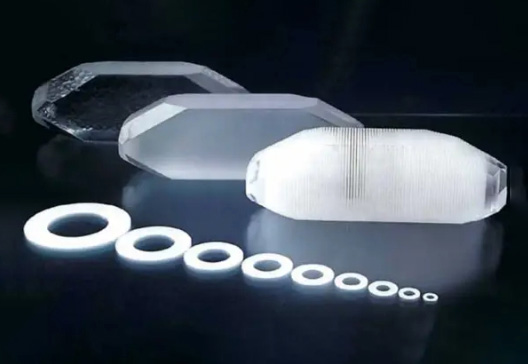Graphene Brings IBM Computer Chip Revolution
A breakthrough at the IBM research facility has found a way to increase advanced graphene based chip manufacturing by 10K times previous performance levels. The new manufacturing technique allows for a more stable application of the electricity conducting material to be placed on silicon operating platforms without the high rate of loss to material accepted in traditional methods. What makes this new process even more valuable to the chip makers at IBM is that the new process is 100% compatible with existing silicon platforms, making the application process revolutionary in graphene based applications. With the spread of technology requiring the advanced properties of graphene, this will speed up and reduce costs associated with the element.
Graphene as a Technological Revolution
Graphene is the first single atom, two-dimensional element that reduces not only wear from atmospheric interaction, but is heat resistant and highly conductive to electrical charges. These properties have made it the new frontier for technological manufacturing as wear and tear is reduced significantly. This makes the realization of graphene based computer chips a reality, as well as the feasible mass production of solar cells which previously were constructed using a highly intensive and costly process. Previous graphene layers were applied directly to silicon wafers, causing an inordinate amount of issues with warping, tearing, wrinkling, and so on through ‘rolling.’
The improved process allows for a small application of graphene to be introduced onto a surface, then is grown. Graphene is a crystalline property, and will expand exponentially onto the parameters required. This process massively reduces structural impurities, making it a time saving and cost effective method for application. As a bonus, electrical currents can be passed through the material as it is growing, adding efficiency to the viability of the process.
What it all Comes Down To
The IBM research shows that the intrinsic properties of graphene based chips maintain a high level of processing power in comparison to established chip formats. Resistance to heat and other degrading elements makes the conductive material futuristic in its applications, allowing for greater durability and function when added to electronic components. Graphene’s use was first realized as a quality substitute for materials previously used on solar panels and within super conductors, as it resists corrosion to a much higher degree. Keeping manufacturing costs down was simply the only aspect holding back mass application. This new process reduces manufacturing time, which reduces costs significantly.



